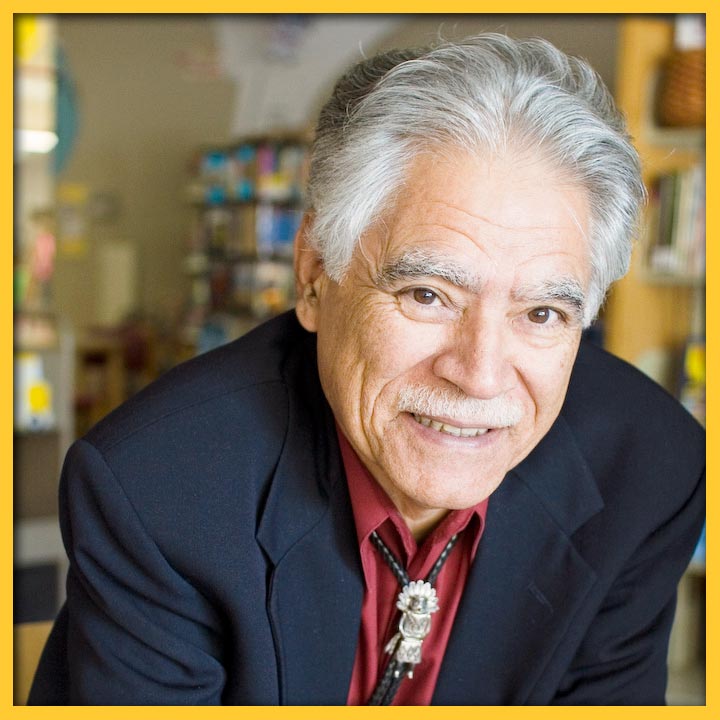
TEACHER WARRIOR
In the month of May we celebrate Mother’s Day to honor our mothers, grandmothers and aunts, and for this Mother’s Day I would like to share a story about my late paternal Grandmother who was named Chábáh Davis Watson.
PHOTO CAPTION: Chábáh Davis Watson of the Tl’aashchi’i Clan, Red Bottom People, from Wheatfields, AZ. Photo Courtesy of Ninabah Davis.
SHARE:
PASA POR AQUÍ
ADDITIONAL BLOG ARTICLES

SCANNING FOR STORIES
It was a Friday afternoon in November and I was driving on a state road through the hills of the Mimbres Valley. The entire landscape was bathed in a golden hue because the tree leaves had made their full conversion to a bright yellow color just before falling off the branches.

REFLECTIONS ON THE LOSS OF A NEW MEXICO CIVIL RIGHTS LEADER
By Carlyn N. Pinkins, M. A.
“The Dr. Harold Baileys of the world should inspire us all to do what we can to leave our communities, our towns and cities – our great state – better places than we found them. While we do our part to create the Dr. Harold Baileys of the future, we should also strive to make sure that the Dr. Harold Baileys of our past and present are never forgotten.”

RUDOLFO ANAYA: CATCHING CULTURES IN BLESS ME, ULTIMA
By Richard Wayne Etulain
Anaya greatly expands the cultural contributions of his novel by combining the usual (Bildungsroman—growing up theme) with the unusual (complex, diverse New Mexico Hispanic culture)…
SHARE:
DISCLAIMER:
Any views, findings, conclusions or recommendations expressed in this blog post/article does not necessarily represent those of the New Mexico Humanities Council or the National Endowment for the Humanities.
ABOUT THE AUTHOR:

NINABAH DAVIS
Ninabah Davis is originally from the Navajo lands from Lukachukai Arizona, grew up in Tsaile Arizona. She is Zun/water edge clan.
